CONDENSING vs NON-CONDENSING TYPES - SPECIAL STEAM TURBINES
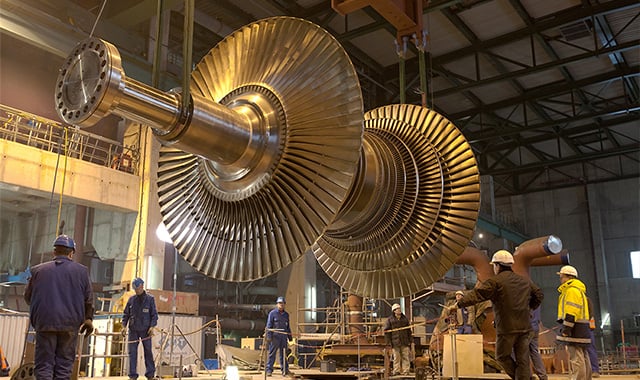
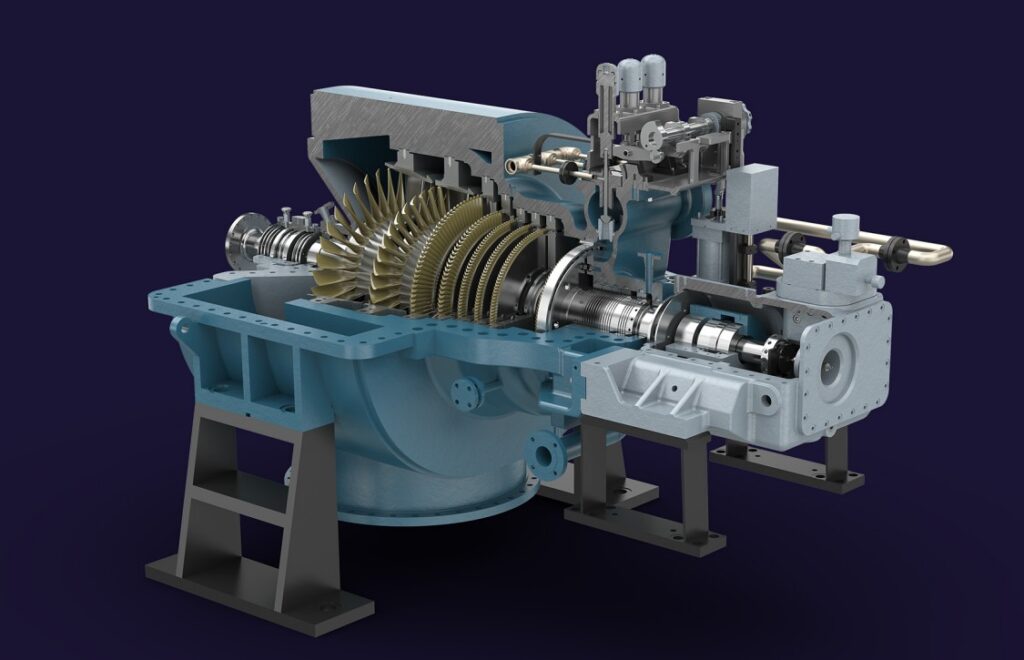
LIMITS IN ENGINEERING & DESIGN ABOUT DIFFERENT SPECIAL STEAM TURBINES
Operating Conditions:
- Designing steam turbines to operate within specified temperature and pressure ranges is crucial to ensure reliable and safe operation.
- Steam turbines should be designed to handle variations in steam quality, flow rate, and temperature, as well as potential start-up and shut-down transients.
Materials and Mechanical Integrity:
- Steam turbines should be designed with materials capable of withstanding the high temperatures, pressures, and rotational speeds involved.
- Adequate mechanical strength and fatigue resistance of components, such as rotor blades, shafts, and casings, are essential to prevent failures under cyclic loading conditions.
Steam Quality and Purity:
- Steam turbines are sensitive to impurities in the steam, such as contaminants, particulates, and dissolved solids, which can cause erosion, corrosion, and fouling.
- Design considerations should include measures to ensure proper steam conditioning, filtration, and water treatment to maintain steam quality and minimize the potential for damage to turbine components.
Condensing vs. Non-Condensing Design:
- Condensing turbines are designed to operate with a vacuum in the exhaust section, which maximizes energy conversion by allowing the steam to condense and recover latent heat.
- Non-condensing turbines discharge the exhaust steam directly into the atmosphere or a low-pressure system without condensing it.
- The choice between condensing and non-condensing design depends on factors such as the availability of a heat sink, steam parameters, power generation requirements, and plant-specific considerations.
Environmental Considerations:
- Steam turbines should be designed to comply with environmental regulations, including emission limits and noise control requirements.
- Efforts should be made to minimize the environmental impact of turbine operation, such as preventing steam and condensate leaks and implementing efficient steam condensate recovery systems.
Safety Systems:
- Steam turbines should incorporate safety systems such as overspeed protection, vibration monitoring, temperature monitoring, and emergency shutdown mechanisms to prevent catastrophic failures and protect personnel and equipment.
To address these limits and improve reliability and safety, it is recommended to conduct thorough engineering analysis and feasibility studies to determine the optimal steam turbine design for the specific application. This includes considering factors such as steam parameters, load profiles, efficiency targets, environmental requirements, and available infrastructure. Adhering to industry standards, best practices, and regulatory requirements is essential during the design, manufacturing, installation, and commissioning phases. Additionally, implementing regular inspection, maintenance, and testing programs will help ensure the ongoing reliability, safety, and performance of special steam turbines in both new projects and existing plants in power generation and oil and gas industries.
ADVANTAGES & DISADVANTAGES USING CONDENSING vs NON-CONDENSING SPECIAL STEAM TURBINES
Advantages of Condensing Steam Turbines:
- Higher Efficiency: Condensing turbines can achieve higher overall efficiency compared to non-condensing turbines. The extraction of latent heat from the steam during condensation allows for better energy utilization.
- Increased Power Output: The recovery of latent heat in condensing turbines leads to a higher power output for a given steam flow rate, resulting in improved plant performance.
- Heat Recovery: The condensation process in condensing turbines allows for the recovery of valuable thermal energy, which can be utilized for various purposes such as district heating or industrial processes.
- Environmental Benefits: Condensing turbines reduce the amount of heat rejected into the environment, resulting in lower emissions and a smaller carbon footprint.
Disadvantages of Condensing Steam Turbines:
- Infrastructure Requirements: Condensing turbines require additional equipment such as a cooling system and a condenser to create a vacuum and facilitate steam condensation. This adds complexity and cost to the overall system.
- Water Consumption: Condensing turbines require a significant amount of cooling water for the condenser, which can pose challenges in areas with limited water availability.
- Corrosion and Water Treatment: The presence of cooling water in condensing turbines can lead to corrosion and scaling issues, necessitating proper water treatment and regular maintenance.
Advantages of Non-Condensing Steam Turbines:
- Simplicity: Non-condensing turbines have a simpler design and do not require a condenser or cooling system, resulting in lower capital costs and reduced complexity in operation and maintenance.
- Flexibility: Non-condensing turbines are well-suited for applications where a heat sink is not readily available or when steam needs to be discharged to a low-pressure system.
- Water Conservation: Non-condensing turbines consume less water as there is no need for a cooling system or condensation process.
Disadvantages of Non-Condensing Steam Turbines:
- Lower Efficiency: Non-condensing turbines typically have lower overall efficiency compared to condensing turbines, as they cannot recover the latent heat of steam.
- Reduced Power Output: The absence of heat recovery through condensation leads to a lower power output for a given steam flow rate.
- Higher Environmental Impact: Non-condensing turbines release a larger amount of heat into the environment, potentially contributing to increased emissions and thermal pollution.
It is important to carefully evaluate the specific requirements, operational constraints, and project objectives when selecting between condensing and non-condensing steam turbines. Factors such as steam parameters, power demand, heat recovery potential, water availability, and environmental considerations should be considered to make an informed decision that aligns with the project’s goals and optimizes reliability and safety while mitigating critical failures and risks.
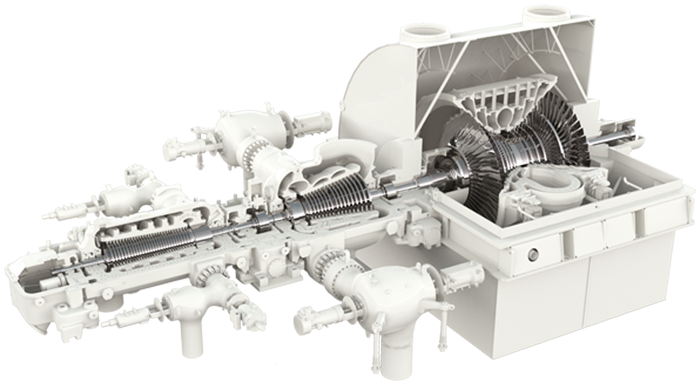
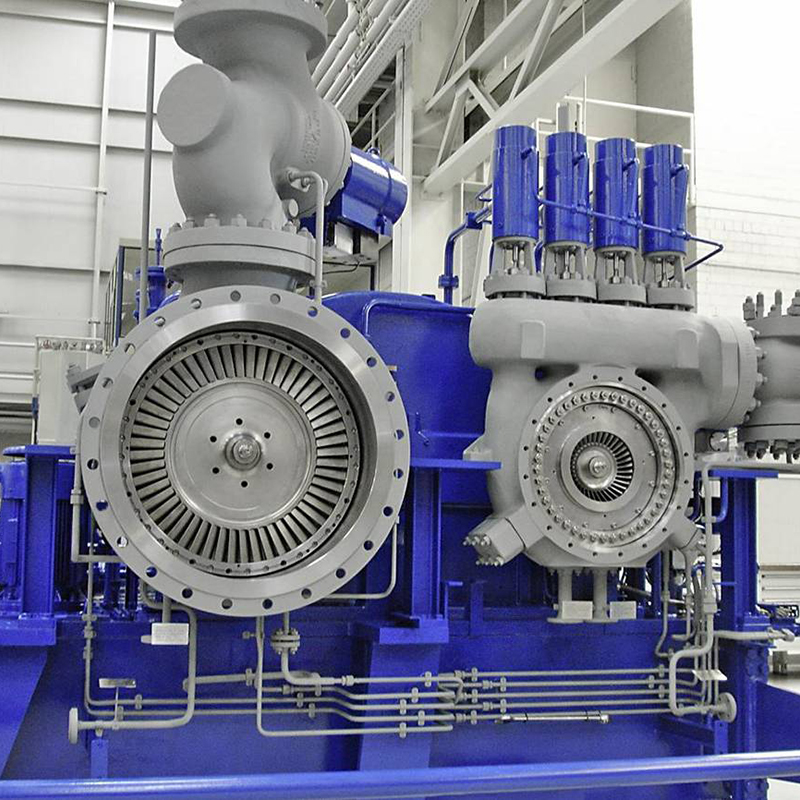
WHY, WHEN, WHERE, WHAT, WHICH, HOW TO APPLY CONDENSING vs NON-CONDENSING STEAM TURBINES TYPES
WHY Choose Condensing or Non-Condensing Design Types:
- Condensing Design: Condensing steam turbines are chosen when heat recovery, higher efficiency, and environmental benefits are significant considerations. They allow for the extraction of latent heat from the steam, resulting in better energy utilization and reduced emissions.
- Non-Condensing Design: Non-condensing steam turbines are selected when heat recovery is not a priority, a heat sink is not readily available, or when steam needs to be discharged to a low-pressure system.
WHEN and WHERE to Apply Condensing and Non-Condensing Design Types:
- Condensing Design: Condensing steam turbines are commonly used in power generation plants, where a heat sink, such as a cooling water source or air-cooled condenser, is available. They are suitable for applications where the recovery of latent heat and maximizing energy conversion are key requirements.
- Non-Condensing Design: Non-condensing steam turbines find application in scenarios where a heat sink is not readily available, or when the steam needs to be directly discharged into a low-pressure system, such as in certain industrial processes.
WHAT to Consider in Choosing Design Types:
- Steam Parameters: Evaluate the steam pressure, temperature, and quality to determine if condensing or non-condensing design types are suitable for the specific project requirements.
- Heat Recovery Potential: Assess the potential for utilizing waste heat from the steam turbine exhaust for other processes or heating applications, considering the availability and feasibility of a heat sink.
- Power Output: Consider the power output requirements to determine the appropriate capacity and configuration of the steam turbine.
- Environmental Considerations: Evaluate emissions regulations, thermal pollution concerns, and the environmental impact of the chosen design type.
WHICH Design Type to Choose:
- Condensing Design: Choose a condensing design type when heat recovery, higher efficiency, and environmental benefits are significant factors, and a heat sink (such as a cooling water source) is available.
- Non-Condensing Design: Opt for a non-condensing design type when heat recovery is not a priority, a heat sink is not readily available, or when direct steam discharge to a low-pressure system is required.
HOW to Apply Condensing and Non-Condensing Design Types:
- Feasibility Studies: Conduct detailed feasibility studies to evaluate steam parameters, heat recovery potential, power demand, and environmental considerations.
- Engineering Design: Ensure that the selected condensing or non-condensing design type is appropriately sized and configured to meet the specific project requirements.
- Safety Measures: Implement safety systems such as overspeed protection, vibration monitoring, temperature control, and emergency shutdown mechanisms to enhance reliability and mitigate risks.
- Regular Maintenance: Establish a comprehensive maintenance program, including inspections, lubrication, and component replacements, to ensure the reliable and safe operation of the steam turbine, regardless of the design type chosen.
By carefully considering the project requirements, steam parameters, heat recovery potential, and environmental factors, the appropriate design type, whether condensing or non-condensing, can be chosen for special steam turbines. This selection will contribute to improving reliability and safety while mitigating critical failures and risks in power generation plants and oil and gas industries.
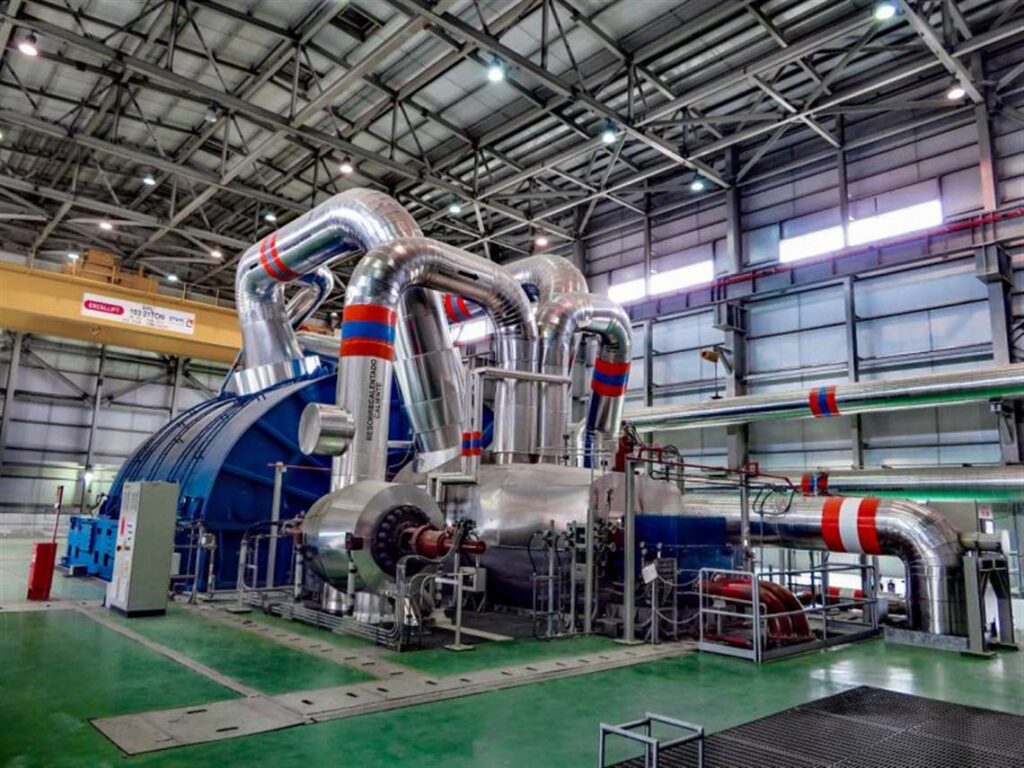
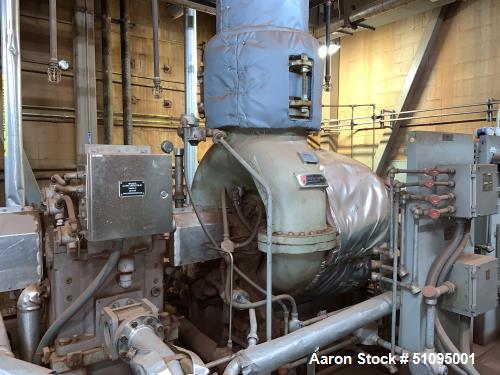
PROCEDURES, ACTIONS, STUDIES, MITIGATION, RECOMMENDATIONS TO APPLY CONDENSING vs NON-CONDENSING STEAM TURBINES TYPES
Feasibility Studies and Engineering Design:
- Conduct detailed feasibility studies to evaluate the project requirements, steam parameters, heat recovery potential, and environmental considerations.
- Engage in robust engineering design to ensure the selected condensing or non-condensing design type is appropriately sized and configured for the specific project.
Safety and Reliability Enhancements:
- Implement safety systems such as overspeed protection, vibration monitoring, temperature control, and emergency shutdown mechanisms.
- Ensure compliance with relevant industry standards and guidelines for steam turbine design, installation, and operation.
- Perform risk assessments and hazard analyses to identify potential failure modes and develop appropriate mitigation strategies.
Maintenance and Inspection:
- Establish a comprehensive maintenance program, including regular inspections, lubrication, and component replacements, to ensure the reliable and safe operation of the steam turbine.
- Conduct condition monitoring and predictive maintenance techniques to identify potential issues and address them before they lead to failures.
Training and Competency Development:
- Provide training programs to the operating and maintenance personnel to enhance their understanding of the steam turbine system, safety protocols, and maintenance practices.
- Foster a culture of safety and continuous improvement by promoting knowledge sharing, lessons learned, and best practices.
Environmental Considerations:
- Comply with environmental regulations and emissions standards related to steam turbine operation, especially for condensing design types where heat recovery and environmental benefits are key considerations.
- Implement measures to minimize thermal pollution and mitigate the impact on surrounding ecosystems.
Performance Monitoring and Optimization:
- Implement systems for continuous monitoring and performance optimization of the steam turbine to identify any deviations from expected performance and take appropriate corrective actions.
- Utilize advanced control strategies and automation systems to optimize the operation and efficiency of the steam turbine.
Lifecycle Cost Analysis:
- Conduct lifecycle cost analysis to evaluate the economic feasibility of the chosen design type, considering factors such as initial investment, operational costs, maintenance requirements, and potential savings from heat recovery.
By following these procedures, actions, studies, mitigations, and recommendations, the application of condensing and non-condensing design types in special steam turbines can be optimized to improve reliability and safety in both new projects and existing plants. This approach helps avoid critical failures and risks, ensuring the efficient and sustainable operation of steam turbines in power generation plants and oil and gas industries.
